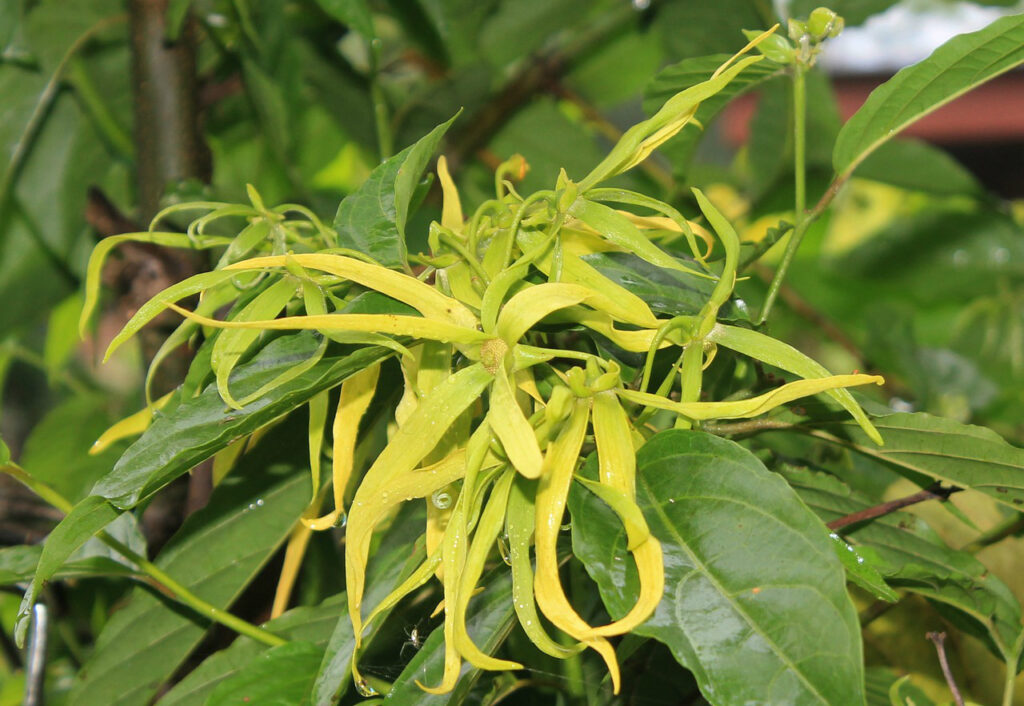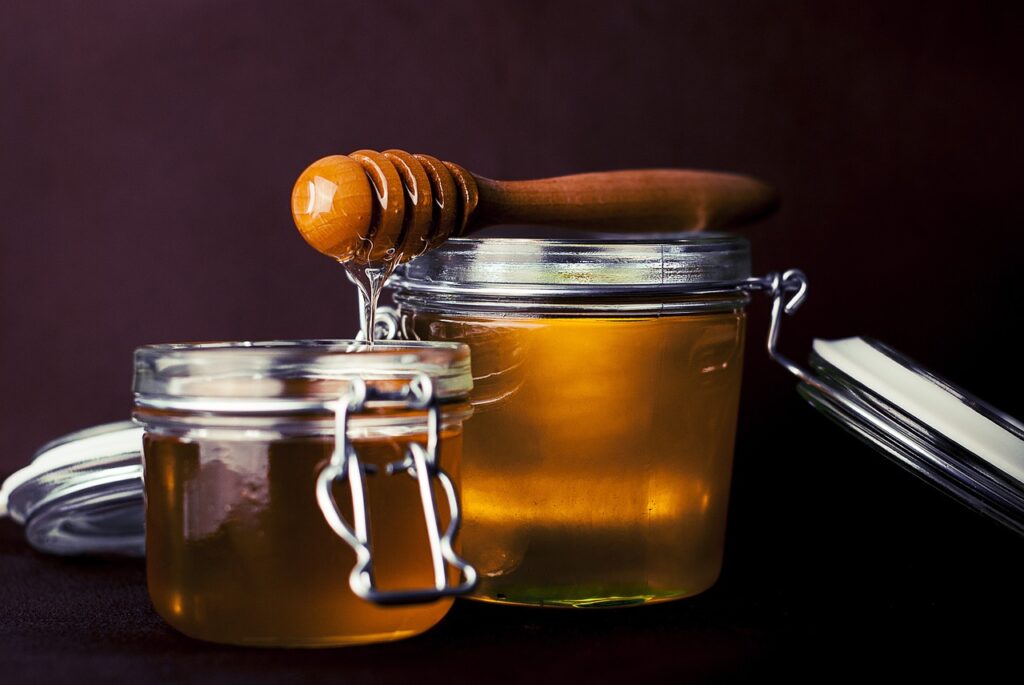Nail Dehydrator DIY: Simple Steps to Make Your Own at Home
Achieving long-lasting nail polish application at home often starts with proper nail preparation, including those of you who use acrylic nails. A crucial step in this preparation is dehydrating the nail plate, which ensures that any moisture and oils that could potentially cause lifting are removed ahead of time.
- Nail Dehydrators, Comparisons, and Nail Types
- Preparing the Nail Dehydrator Mixture
- Nail Dehydrator Application Techniques
- Tips for Enhancing Nail Treatments
- Aftercare and Maintenance
- Choosing the Right Nail Care Products: We prefer Less Chemicals and Safer Ingredients
- Natural DIY Methods to Clean and Dehydrate Nails
- DIY Nail Dehydrator FAQs
- What are the best natural options for dehydrating nails?
- What are the most effective homemade nail dehydrator recipes?
- How long does it take to dehydrate nails?
- Are DIY nail dehydrators safe?
- Are hand sanitizers an appropriate option for dehydrating nails before a manicure?
- Is acetone a suitable alternative for a professional nail dehydrator?
- How can I prepare my nails for gel application without a commercial dehydrator?
While commercial nail dehydrators are readily available, there is a growing trend towards DIY nail dehydrator solutions that can be made and used right at home.
It’s not hard to dehydrate your nails at home, and many people interested in creating their own nail dehydrator will typically rely on a combination of a few easily accessible ingredients, such as isopropyl alcohol and acetone (more on that later). We’re all about DIYs and taking a hands-on approach whenever we can, so keep reading if you are, too.
Nail Dehydrators, Comparisons, and Nail Types
For just a bit of context, you probably already know nail dehydrators are beauty-specialized products designed for prepping the nail plate before the application of artificial nails. This section delves into the specific types of dehydrators, their chemistry, and how they match up with different nail types.
Purpose of Nail Dehydrators
The primary function of nail dehydrators is to prepare the natural nail plate for better adhesion of nail enhancements. They work by removing oil residues and excess moisture that can cause lifting or peeling of the nail products.
DIY vs. Professional Dehydrators
Professional dehydrators are often from leading professional nail care brands and are formulated for salon use, which may cater to a higher level of skill level. On the other hand, DIY dehydrators might involve ingredients like acetone or rubbing alcohol, which are accessible but could be less nuanced in effect.
Chemistry of Dehydrators
Nail dehydrators can contain methacrylic acid, which is found in acid primers, or alternate compounds in non-acid primers. Acid-based primers are effective at dehydrating but can be harsh on sensitive skin.
Effects on Nail Health
Frequent use of dehydrators, especially those with harsh chemicals, can impact the health of the nail bed. It’s important for individuals to choose formulations that respect the integrity of their healthy nails while providing the desired result.
Matching Dehydrators with Nail Types
Different enhancements like gel nails, acrylic nails, dip powder, or gel-x nails might require different approaches to dehydration. That said, a tailor-made dehydrator ensures longevity in wear and safeguards the surface of your nails from potential damage, especially when using more complex application methods.
Preparing the Nail Dehydrator Mixture
Creating an effective DIY nail dehydrator solution can be done with two ingredients in equal ratios.
Identifying Ingredients
To begin formulating your own primer for an ideal surface on your nails, the essential ingredients include isopropyl alcohol and pure acetone. Combining these ingredients removes oils and moisture, preparing the nail’s surface for the best possible nail polish adhesion.
- Isopropyl Alcohol: Acts as a degreaser and cleaner.
- Pure Acetone: Utilized for its strong dehydrating properties.
Another common ingredient is Ethyl Acetate, a solvent that aids in creating a uniform nail surface. This isn’t needed in a DIY mix; the fewer harsh chemicals, the better. We only mention it in case you’ve seen it listed as an ingredient (among many others) in products you may have used in the past.
Creating the DIY Blend
The easiest way to prepare the dehydrator is to mix a part of acetone with isopropyl alcohol in equal ratios. Using a funnel, carefully pour the substances into a small, clean bottle to create a thin layer when applied. Also, the purer the ingredients, the better. For example, use isopropyl alcohol with as little water as possible, like a 99% isopropyl solution.
- Mix Equally: Combine equal parts of isopropyl alcohol and acetone.
- Apply: Cover the entire nail with a thin layer of the mixture and allow it to evaporate and dry completely.
Safety and Storage
Once mixed, it should be capped tightly and stored at room temperature, away from any direct sunlight, and out of the reach of children. This eliminates potential degradation of the ingredients, as is true with most beauty supplies.
Be sure to use a chemical-safe container so that the mixture won’t degrade. Glass or quality non-reactive plastic bottles work well.
It’s imperative to avoid any contact with the skin or inhalation of the fumes. When applying anything to your nails, use it in a well-ventilated area.
Nail Dehydrator Application Techniques
Proper application techniques for DIY nail dehydrators are crucial for optimal adhesion and durability of nail enhancements used later. We’d recommend not rushing the process to ensure you have a good nail surface.
Steps for Dehydration
One of the most important steps in nail preparation is the dehydration of the natural nail surface, as we mentioned earlier. To start:
- Clean the surface of the nails with the 1:1 acetone and isopropyl alcohol mix. Avoid skin contact.
- All the coating to air dry.
Alternatively, if you’re unable to mix the above two ingredients for any reason, feel free to simply use a cotton ball to coat your nails with a thin layer of acetone to remove moisture and oils. Then, apply a coat of isopropyl alcohol to remove any additional oils, dehydrate, and smooth the nail surface.
By removing all oils and moisture, you’re providing a good foundation for other nail products and ensuring proper adhesion will be possible.
Applying Base Products
After dehydrating the nail:
- Use an acid-free primer if desired, applied in a thin, even layer.
- Allow it to air dry for a few seconds to create a sticky base, which contributes to better adhesion.
A base coat should then be applied directly on top, which will bond the natural nail to the polish or enhancement product.
Ensuring Proper Adhesion
For gel polish or other enhancements to last, one must ensure that the nail is primed properly:
- A base coat is crucial, as it provides a barrier and adhesive surface. Additionally, this will decrease the likelihood of chipping and peeling.
- Apply the base coat in thin, even strokes, and cure according to the gel system’s instructions.
These simple steps, when done well without rushing, will maximize the longevity of the manicure and prevent lifting.
Tips for Enhancing Nail Treatments
When seeking to enhance at-home nail treatments, the focus should be on adequate preparation of the nail, protecting the cuticles, and using the right products for their intended applications.
Primer Selection for Various Nails
As mentioned a bit ago, the selection of a nail primer is pivotal for creating strong bonds between the natural nail and enhancements like a gel manicure.
For those sensitive to chemicals, acid-free nail primers offer a gentler alternative, effectively prepping the nail without the aggressive components found in acid nail primers. Conversely, an acid nail primer might be required if you’re looking for a more robust adhesion. If you’ve had issues with lifting before, an acid primer may work well.
- Acid-Free Primers: Suited for sensitive nails; gentler on the nail plate.
- Acid Primers: Provide stronger adhesion; ideal for hard-to-bond nails.
Aftercare and Maintenance
Remember, the frequent use of dehydrators can lead to the nail becoming overly dry if not cared for properly. Proper aftercare ensures that natural oils are replenished and nails remain strong.
Regular Nail Conditioning
One should regularly apply cuticle oils to the natural nail surface, especially after using a nail dehydrator, which can have a drying effect. Opt for oils enriched with Vitamin E to condition the nails and keep them healthy. These oils can penetrate the nail plate to provide nourishment and prevent brittle nails.
- Daily Routine: Apply cuticle oil at least once a day.
- Oil Selection: Look for oils containing Vitamin E or jojoba oils, which closely mimic natural oils.
Managing Long-Term Wear
For individuals who have used nail dehydrators over a long period of time, a balance between drying is important to maintain healthy nails. Although a DIY nail dehydrator is convenient, taking breaks from any products that strip natural oils is vital.
- Frequent Usage: Limit the use of dehydrators to avoid excessively dry nails.
- Regular Breaks: Schedule periods of rest from polish and treatments to allow nails to recover.
Choosing the Right Nail Care Products: We prefer Less Chemicals and Safer Ingredients
If you’re going to use nail products for nailcare that include chemicals, the above tips will help to reduce the negative impacts of doing so by causing your nail enhancements to last longer, meaning fewer applications of harsh products.
Alternatively, some great alternative options, such as water-based nail polish, are available and marketed as containing less chemicals. Not only do these choices potentially safeguard against harsh chemical exposure, but they also align with a holistic approach to nail health, especially for those with sensitive skin.
Additionally, for enhancing natural nails or applying gel nails, acrylic nails, or dip powder, you can try acid-free nail primers that minimize potential damage and are preferable for maintaining healthy nails vs. products with harsher chemicals.
Comparing Brands and Products
The exploration of leading professional nail care brands reveals a spectrum of formulas.
- Products range from professional primers that prepare the nail bed for adhesion to methacrylic acid-based solutions designed for durability.
- Comparing these brands entails scrutinizing ingredient lists and their potential dangers. Then, understanding their long-term effects on nail health.
Additionally, decisions have to be made in terms of whether exposure to chemicals is worth the styling benefit gained from their use. You have to decide if regular water-based nail polish will suit your needs as opposed to products with harsher or more toxic chemicals. In our opinion, a simple DIY dehydrating method and water-based nail polish are all we need.
If our nails don’t look quite as styled from our DIY solutions and less harsh products, that’s totally okay! That said, even with more natural and gentle ingredients, you can still come away with quite an impressive-looking nail job.
Moreover, we suggest weighing nail health over product efficacy.
Natural DIY Methods to Clean and Dehydrate Nails
Creating the perfect canvas for nail polish or acrylics starts with properly dehydrated nails, as we discussed regarding the acetone and alcohol methods described above.
But can similar results be achieved with completely natural options? Indeed, there are natural ways to dehydrate your nails if you want to avoid acetone and alcohol.
Vinegar Solution
- Ingredients: Equal parts white vinegar and water
- Method:
- Mix the vinegar and water in a bowl.
- Soak your nails for 5 to 10 minutes.
- Pat nails dry thoroughly with a clean towel.
The acidity in the vinegar helps remove oils and prepare the nail surface, making it an effective natural dehydrator. All nails must completely dry before applying additional products.
Lemon Juice
- Ingredients: Fresh lemon juice
- Method:
- Apply lemon juice to a cotton ball or swab.
- Swipe each nail to cover the entire nail plate.
- Allow it to air dry before applying nail treatments.
Lemon juice not only dehydrates but also brightens nails, providing a clean slate for your manicure.
Baking Soda Scrub
- Ingredients: Baking soda and water
- Method:
- Create a paste with baking soda and a small amount of water.
- Gently scrub the nail beds with the paste using a soft toothbrush.
- Rinse with water and dry well.
Baking soda is a mild abrasive that can help clean the nail surface and absorb oils.
Feel free to combine any of the above methods for more comprehensive cleaning. For example, you could use the baking soda scrub and then apply a thin layer of vinegar to prep them well.
Tips for Natural Nail Dehydration
- Always ensure your nails are clean and free from polish or treatments before dehydrating.
- Push back your cuticles gently to expose the entire nail plate for even dehydration.
- Avoid soaking your nails in water post-dehydration, as this can reintroduce moisture.
By using these natural methods, you can effectively prepare your nails for any manicure or treatment without the need for traditional dehydrators. Remember to follow up with your preferred base coat to protect your nails and enhance polish adhesion.
DIY Nail Dehydrator FAQs
What household items can be used to dehydrate nails?
As discussed in the above post, isopropyl alcohol (we recommend a 99% solution) and acetone is quite effective. Natural alternatives are available as well.
What are the best natural options for dehydrating nails?
Natural options for nail dehydration include applying lemon juice or vinegar, as their acidic properties can temporarily remove oils from the nail surface. Additionally, baking soda can be used for cleaning and smoothing the nail’s surface.
What are the most effective homemade nail dehydrator recipes?
A highly effective homemade nail dehydrator recipe involves using a mix of isopropyl alcohol and acetone to eliminate oils and moisture and prepping nails for polish or acrylic application.
How long does it take to dehydrate nails?
Dehydrating nails usually takes a few minutes, depending on the product used. The nails should appear matte once dehydrated. Don’t rush the process; be thorough, and avoid any skin contact with harsh ingredients like acetone.
Are DIY nail dehydrators safe?
DIY nail dehydrators can be safe when made with recommended proportions of commonly used substances like isopropyl alcohol or acetone and applied according to instructions. If you’d prefer something far more mild, vinegar, baking soda, or lemon juice can also be used.
Are hand sanitizers an appropriate option for dehydrating nails before a manicure?
Hand sanitizers, while containing a high concentration of alcohol, are not the best option for nail dehydration due to additional ingredients that may leave a residue and hinder adhesion.
Is acetone a suitable alternative for a professional nail dehydrator?
Acetone, especially when used with alcohol (see above post), is an effective nail dehydrator.
How can I prepare my nails for gel application without a commercial dehydrator?
Preparing nails for gel application without a professional dehydrator involves completely cleaning the nail with a DIY 1:1 ratio solution of 99% isopropyl alcohol and acetone to remove any oils or residue.


